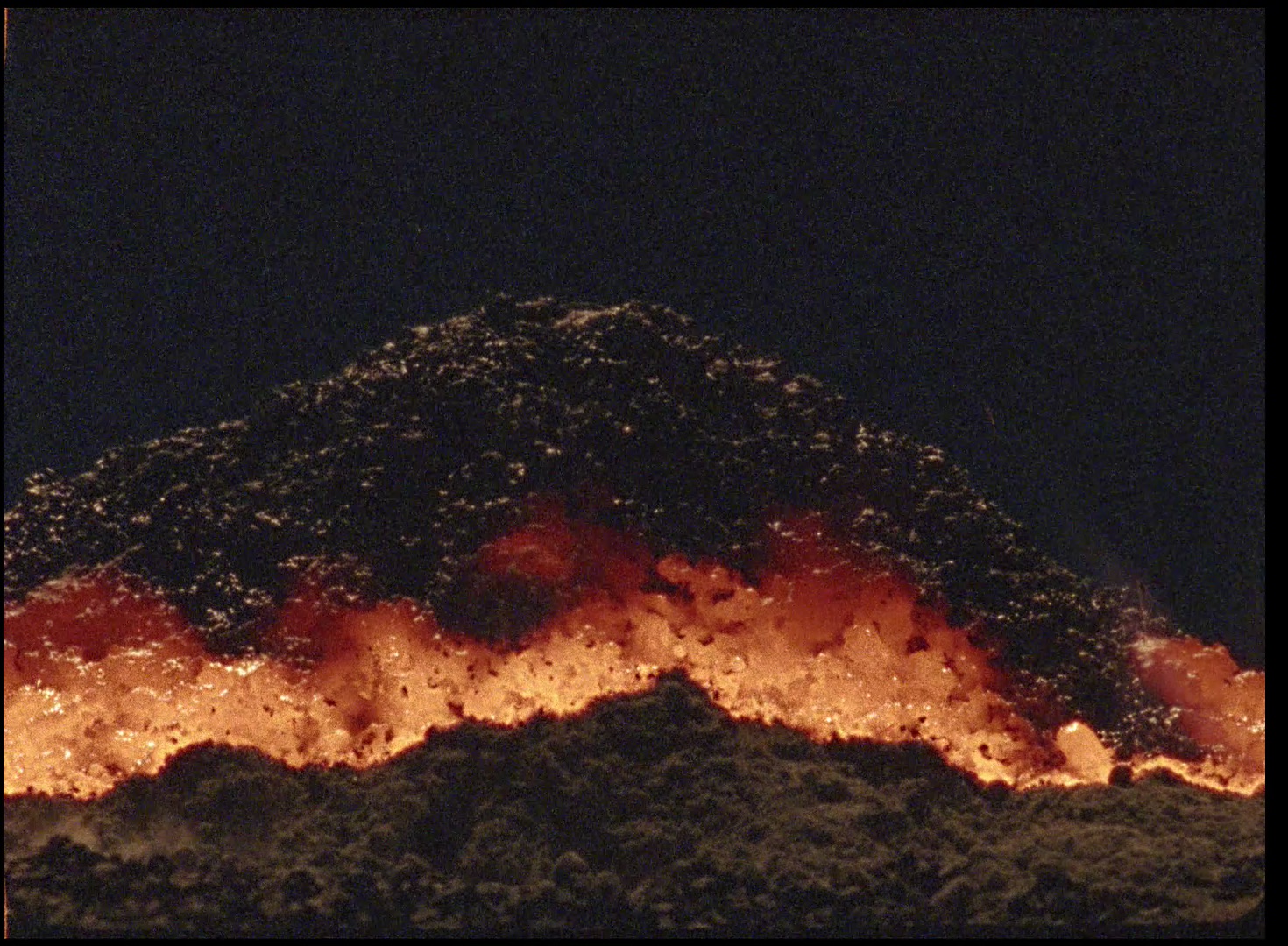

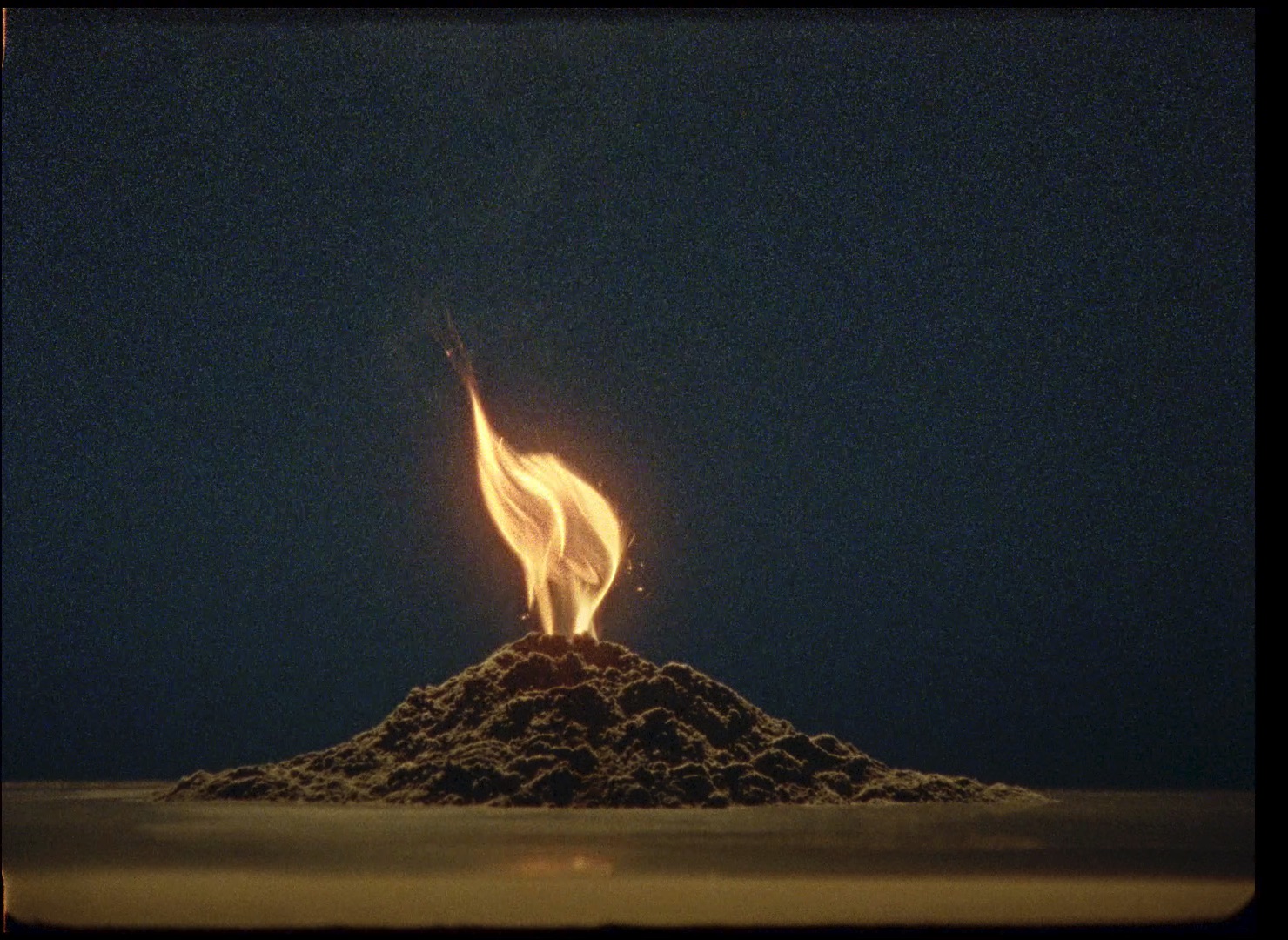
2017 - 2018
See the project blog here
In 1775 Lisbon was destroyed after suffering
an earthquake, followed by a tsunami and a fire. This
catastrophic event had a profound effect on the country.
Letícia Ramos starts from this historical event to produce
a non-documentary narrative. This artist has cultivated a
specific interest in “cooking” photography, and has developed
various prototype cameras. Consequently there is a certain
physicality in the experience of images in her work. This
photographic experience immerses us in an idea of the past
through grain and texture. This crossover between science
and craftsmanship, between knowledge and experimentation,
emerges in her various series of works. Historia universal de
los terremotos [Universal History of Earthquakes] (2016-17)
is not a document or a historical review of what happened in
Lisbon; it is a fictional story based on an event which Ramos
uses to weave an experience of her own. Historia universal
de los terremotos is the project she has created for this
exhibition and it includes not only a series of photographs
but also an artist’s book and a sculpture (should we call it
kinetic?), which is related to the gaiola pombalina. This
structure, the gaiola pombalina, was developed in Lisbon as
an anti-seismic construction technique after the earthquake.
For this photographic series Ramos uses a process
of stroboscopic photography on microfilm with which she
captures the movement of falling objects, in a direct reference
to the impact of the earthquake.
Stroboscopic photography has been used primarily
in the scientific world and has become widely known
through the legacy of Edgerton. Ramos has found a way
of interweaving the natural with the mystical, the force of a
geological phenomenon with the human construction of an
imaginary governed by the irrational. El mago y el terremoto
[The Magician and the Earthquake] (2016) and Espectro del
seísmo [Spectre of the Earthquake] (2016), titles of series
of images within this project, reflect this convergence with
the esoteric. The images, of an abstract nature, reflect the
loss of focus that we imagine in an event of this kind, where
everything loses its sharp outlines and is abandoned to its
natural fate. These images also takes us into the realm of
avant-garde, unlike historical photography. The fascination
with the structure of the gaiola is expressed in a series of
studies in which she analyses the movement of a sheet of
paper failing, also using the stroboscopic technique.
This is not the first time Letícia Ramos has worked in
a hybrid area between science, history and fiction. Each of
the projects is in turn an experiment. Ramos constructs all
kinds of contraptions and machines that will help her carry
out the project she is working on. In 2012 she produced the
Vostok project. Starting from the real event of the voyage of a
Russian bathyscaphe to the Antarctic lake of the same name,
she developed a video in which we see the vessel sailing
through the depths of the lake. As part of this project she also
produced a sound work and an artist’s book.
This reference to the scientific and to frontiers is
something that fascinates Ramos. It is seeing scientific work
as means of generating significant images for creating art; it
is discovering a new and extreme territory in which dividing
lines are erased. Ramos developed this idea of simulating
scientific images in the same period as Vostok with a whole
series of photographs that lead us into this area, with titles
like Teleportation (2014) and Meteorite I (2014), although in
fact they lack and scientific meaning and only make sense
in the artistic sphere. In these works she not only introduces
the notion of simulation in the strict sense, but also the idea
of simulating utility in an ontological sense. Together with
these concepts, the idea of photographic technique is an
ontological sense. Together with these concepts, the idea
of photographic technique is an intrinsic element of her
work. Ramos has constructed unique hand-made cameras,
enabling her to create images distinguished by the notion
of singularity. These inventions of technological archaeology,
the “Escafandro” [Diving Suit], the “ERBF” machine, the
“Polar”, which she developed between 2007 and 2012, are
devices she uses to create unique images that somehow
swim against the current of the contemporary digital world.
Text from the catalog “ITINERARIOS XXIII”
2017




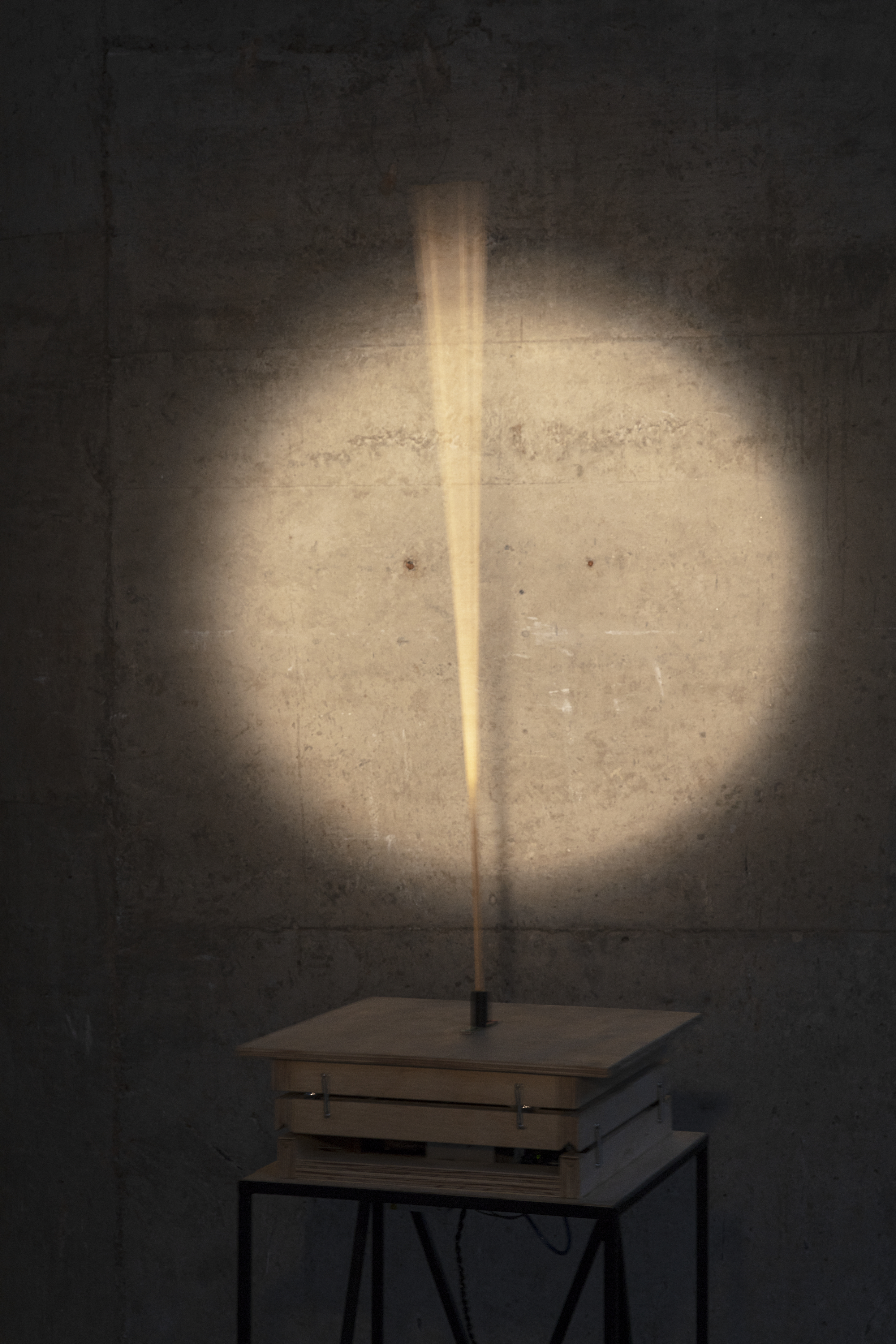

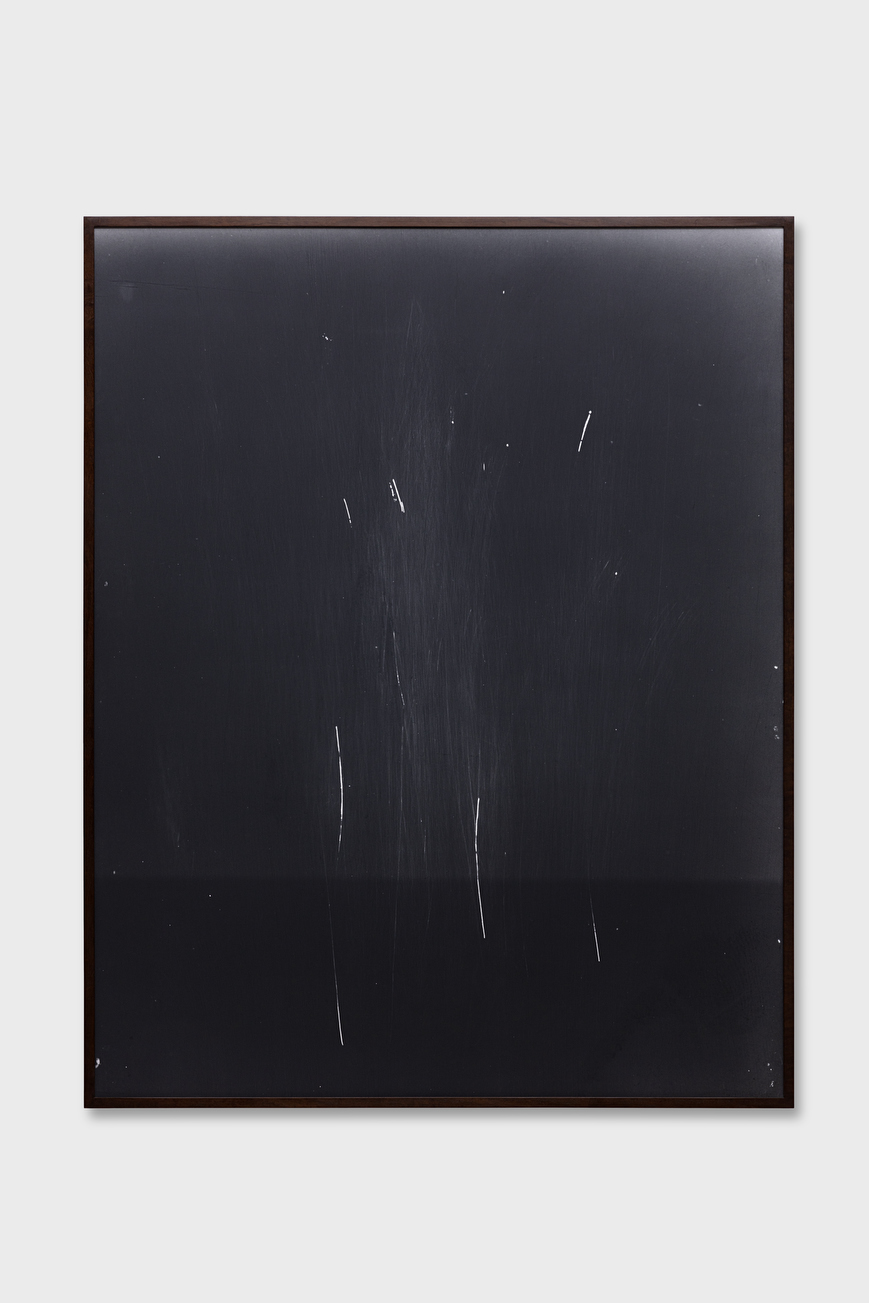
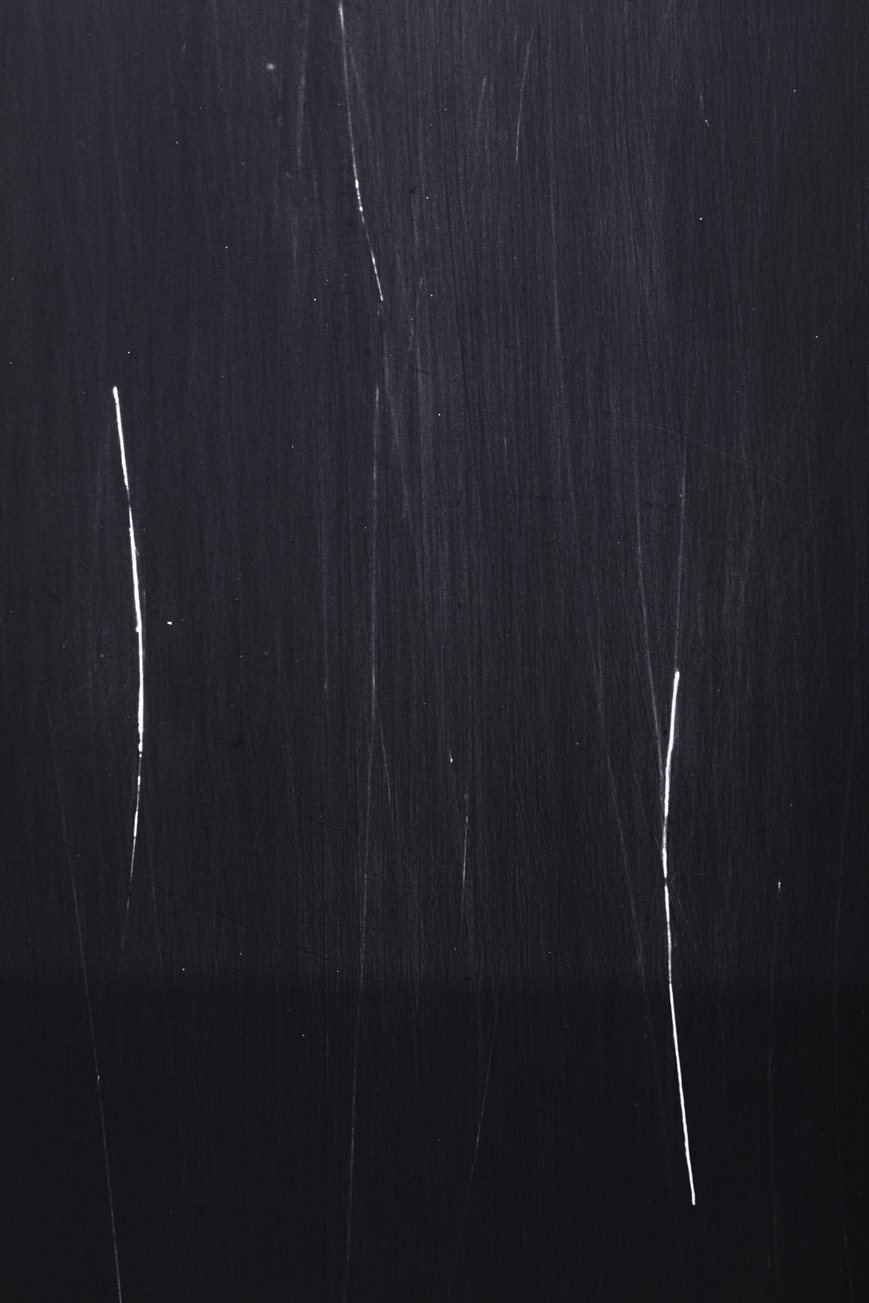
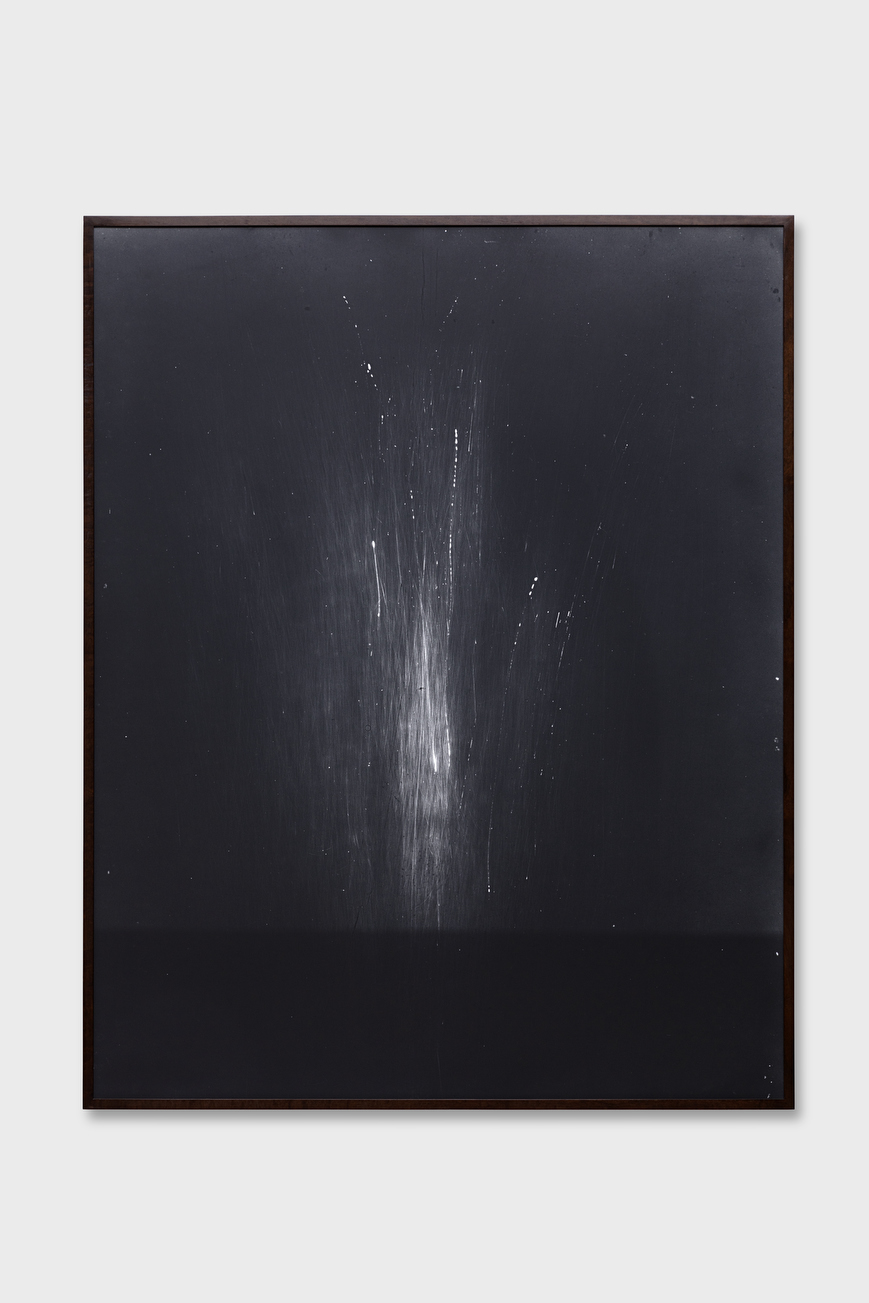




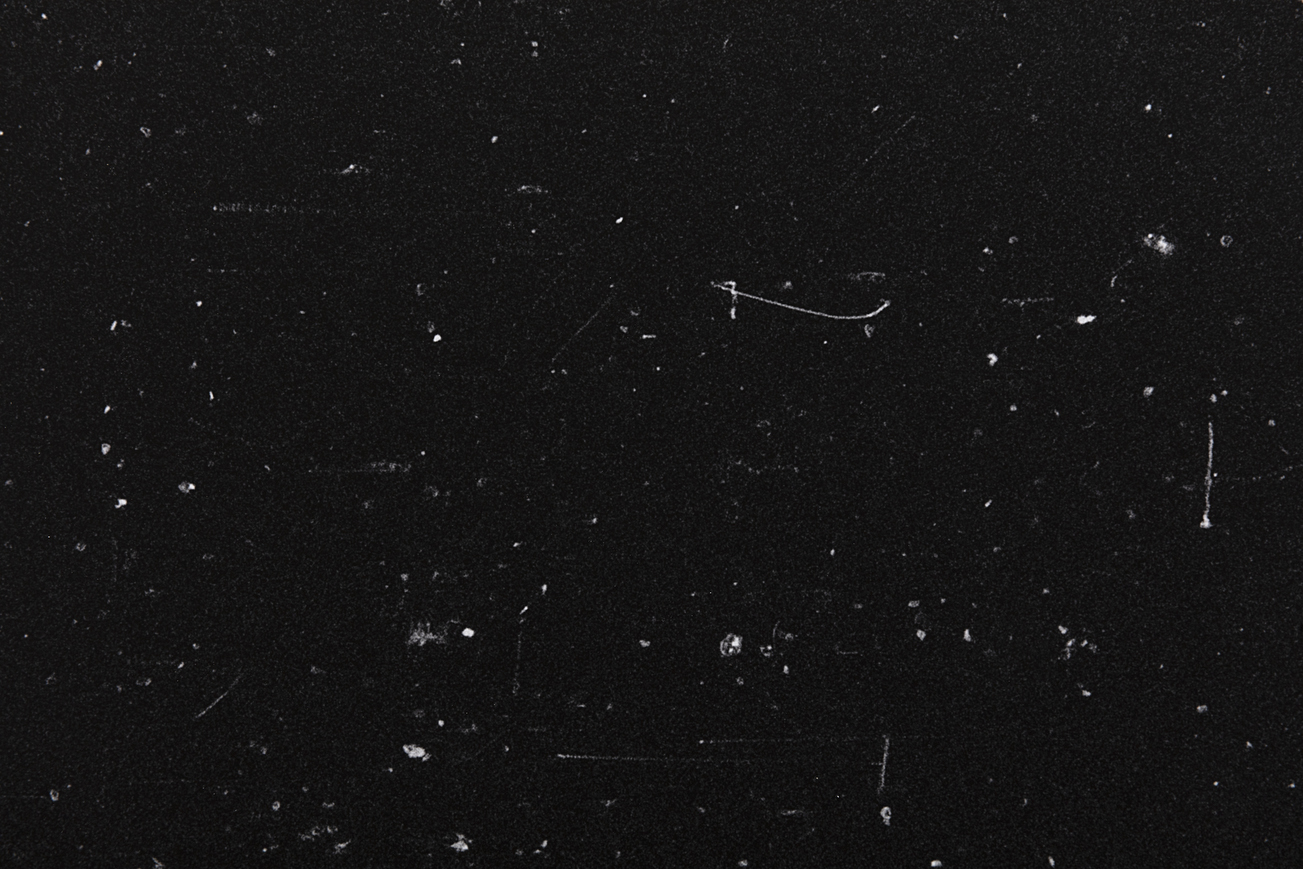
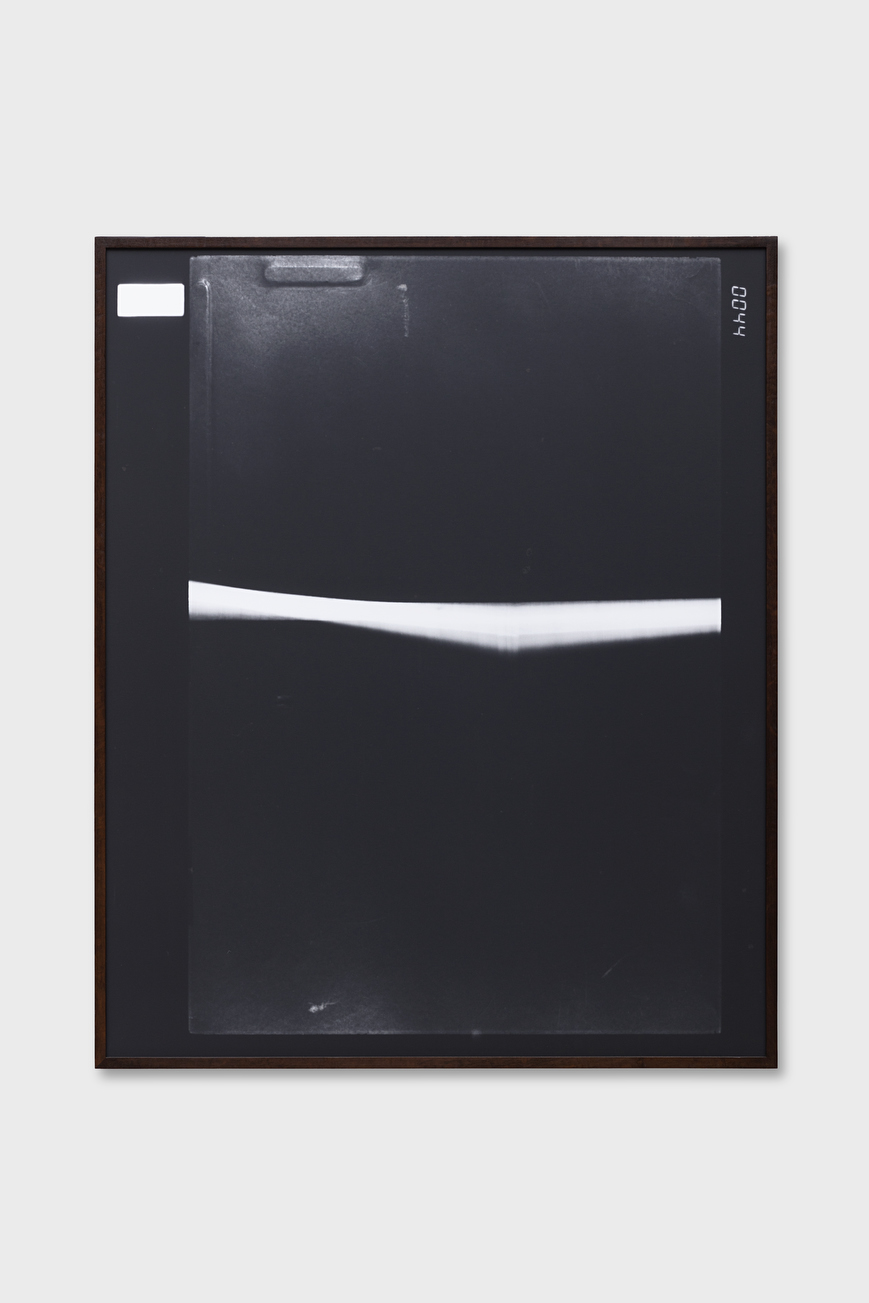
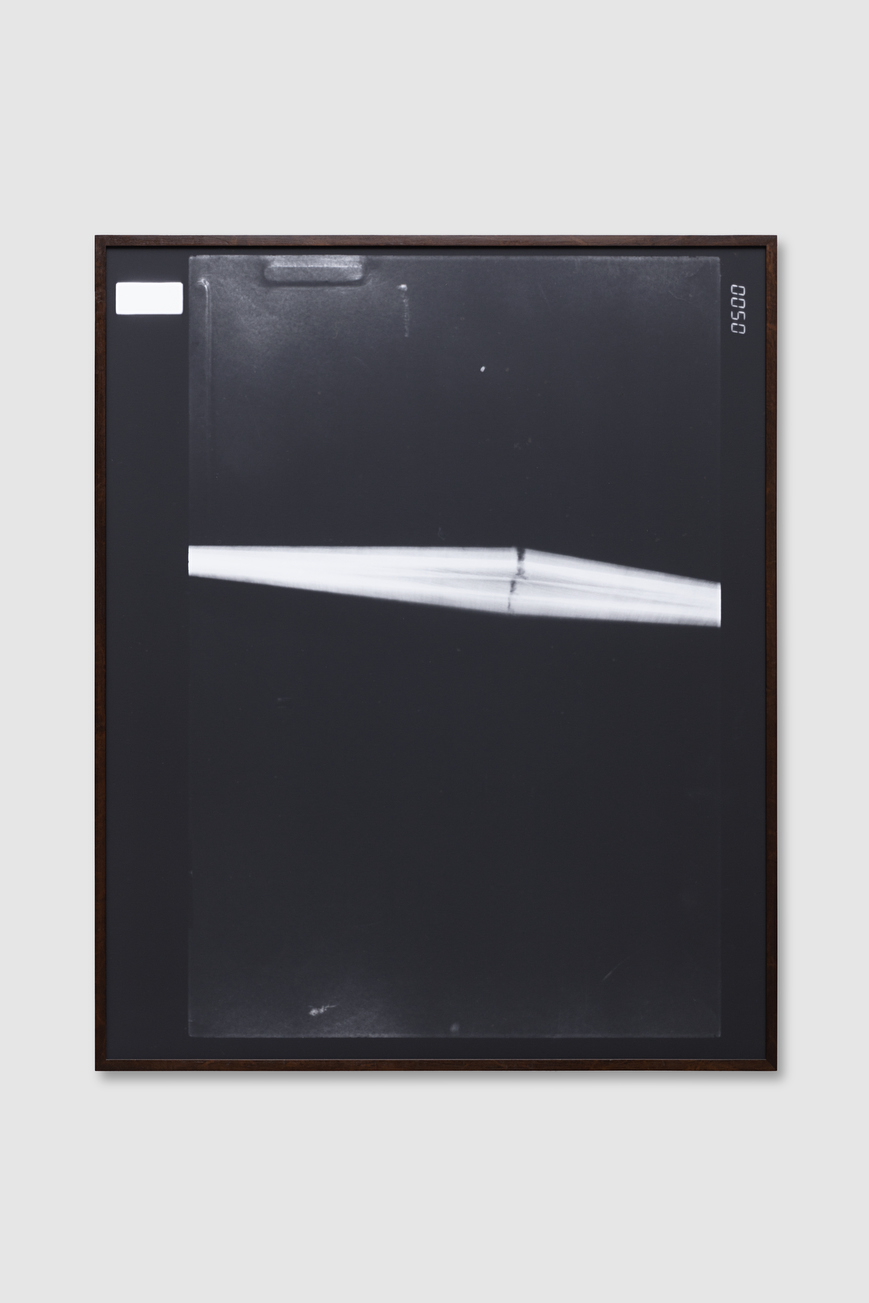








INDUCED EARTHQUAKES ARE ALSO UNPREDICTABLE
In Japanese mythology, the god Kashima is in charge
of guarding Namazu, a giant catfish, keeping it inside a stone
cave in the depths of Earth. When Kashima lets his guard
down, the fish escapes and the movement of its tail causes
earthquakes across the planet. This is one of the stories in
Leticia Ramos’ collection. The artist has been investigating
the socioeconomic, psychological and political causes and
effects of earthquakes since she was awarded the Fundación
Botín Visual Art Grant in 2016. The departure point for her
research is the earthquake that struck Lisbon in 1775. Seen
as one of history’s most intense earthquakes, the event had
a tremendous impact on 18th century Portuguese society –
and, consequently, also on its colonies. The cataclysm (the
earthquake was followed by a tsunami that generated waves
up to 20 metres high, as well as countless fires) hit Lisbon in
the morning of All Saints’ Day, endorsing the many mythical
and religious interpretations of the calamity that followed. The
Marquis of Pombal – who was then the country’s Prime Minister
– was in charge of rebuilding the Portuguese capital. The
nobleman erected the metropolis’ new structures at a speed
that would cause envy to contemporary developers who are
today responsible for the contentious projects of retrofitting
these same buildings. The enterprise was mostly paid for by
gold coming from Minas Gerais, and it required a monumental
amount of timber – for instance, the famous ‘Pombaline
cages’ , were built mainly using Brazilian hardwood – which
was imported in a rush from the Brazilian colony, triggering
commotion amongst taxpayers across the Atlantic.
Ramos draws on this traumatic event in order to
produce a sequence of static and moving images that are the
result of multiple photographic experiments. Since the start of
her career, the artist feeds a specific interest in procedures
and the historical evolution of analogic photo-techniques,
which has led to the development of a series of unique
devices and machines that are able to materialise her projects.
‘Universal History of Earthquakes’ is the combination of of a
deep understanding of the media and the artist’s interest in
narrative – in this case, both historical and fictional. Narrative
is often an intuitive tool used to mitigate the impact of drastic
changes: we tell stories to ourselves and create characters
and allegories in order to give sense to the intangible or to
make the experience of reality more tolerable.
The earthquake hit Lisbon in 1775, and photography
was invented in 1835 (somewhere between the historical
disagreement about its authorship: Talbot or Daguerre?).
It was precisely the lack of ‘photographic evidence’ that
encouraged the artist to investigate the accounts of that time
through stories told by those who were keen to narrate and
visually represent what the saw. The majority of photographs
exhibited in ‘Universal History of Earthquakes’ were created
using the technique of stroboscopic photography in microfilm,
which registers the movement of falling objects, in a direct
reference to the moment when the shaking occurs. By
employing techniques that are typical of the scientific field,
Ramos transposes the experiences of a technical lab to the
photo lab, creating, therefore, a new type of visual vocabulary.
A sphere cuts through a black plane, gradually
losing its definition; its dilated displacement is somehow
melancholic, soundless (The magician and the Earthquake
I, 2016). The images of earthquakes that we often thing. Her
visual simulations fascinate for the way they reiterate the
mystery and speculation that still reside in the most advanced
scientific discoveries. There is still no convincing explanation
about the reasons behind the movement of tectonic plates –
perhaps Kashima’s unintentional nap that allowed Namazu to
escape. On the face of it, all we can do is study their impact
and project potential preventive measures (such as in the case
of Pombal’s constructions) or to turn this kind of phenomena
into allegories that can illustrate the socio-political mess we
are in.
The legend goes that Namazu only escapes when
social injustice is rampant. It levels things out and, faced with
the tragedy, everyone goes back to ground zero. In calamitous
situations, the State is put to the test, whilst cooperation
and solidarity networks come to the fore. Immanuel Kant is
amongst the several Enlightenment philosophers (Voltaire
refers to the earthquake in Candide, for example) who tried
to understand the possible reasons behind nature’s ‘furious
wrath’ against Lisbon. The German writer chose a geological
and moral argument to approach the catastrophe, thus moving
away from the divine explanations that were prevalent at the
time. With this in mind, Ramos took her proposition further by
acting out ‘empirical science’ . At Pivô, the artist replicated the
experiment proposed by the philosopher in one of his essays
about the natural disaster in Lisbon. Ramos used boxes filled
with soil built according to the following instructions:
‘It is now time to say something about the causes of
earthquakes. It is easy for a natural philosopher to reproduce
their manifestations. One takes twenty-five pounds of iron
fillings, an equal amount of sulphur, and mixes it with ordinary
water, buries this paste one or one-and-a-half feet underground
and compresses the earth firmly above it. After several hours,
a dense vapour is seen rising; the earth trembles, and flames
break forth from the soil.’
Taking Kant’s speculation to create a fictional film,
Ramos pushes scientific narrative beyond its limits. Today, the
‘natural philosopher’ to which Kant refers is closer to an artist
than a scientist. The concept behind the experiment does
not explain the origins of earthquakes but it encompasses
the conflict between religion and natural science at a crucial
moment in the history of Western thought. And what does it
mean to talk about earthquakes – or images of earthquakes
– in an art exhibition in Brazil in 2018? Whilst I was writing
this text, I received a phone alert from The Guardian telling
me that an earthquake had just killed 98 people in Bali. I
opened the link and watched shaky video footage shot by
an eyewitness on their phone. The muffled audio revealed
screams and explosions. I attempt here to answer my question
with another question: why did the English newspaper choose
to publicise precisely this image? Perhaps because it is a
‘real-time’ illustration of the horrors of a natural catastrophe
and, in the same measure, a solid evidence of the paper’s
efficient coverage. I am thousands of miles away from the
quake’s epicentre and yet I promptly received the news
seconds after it had happened. In the era of hyper-definition,
the amateur image adds a sense of truth and urgency different
from professional lenses. Hito Steyerl coined the term ‘poor
image’ to describe this type of image. For Steyerl, these
inferior images, made in a rush, carry some weight of reality
and are conducive of a certain aesthetic of objectivity that is
symptomatic of our time.
The ‘aesthetic’ of a shaking camera has been coopted by the mainstream media – and, of course, this makes
room for induced situations and scenarios. The only thing that
makes me believe that the video was in fact shot by someone
who was amidst the earthquake in Bali is the newspaper’s
logo that appears at the corner of the screen. However, in
reality, the video could have been made in someone’s shower,
in the same way the first landing on the moon could have been
staged using a model similar to the ones produced by Ramos.
Her complex analogic images do not echo Steyerl’s concept.
In contrast to the images which the German artist refers to –
which are like a digital and frantic by-product of the search
for absolute present in our advanced capitalism –, Ramos’
photo-experiments insist on the idea that there is something
important about the images that take long, that do not speak
for themselves. They are not evidence or a symptom of
anything, deliberately remaining as an open question. Ramos’
images are premeditated manipulations, which in a sense
makes them immune to the conceptual reconfigurations that
images in circulation are often subjected to.
Ramos’ historical-scientific-fictional research evolves
into the installation Seismograph (2018). By transforming a
16mm projector into a mock seismograph, the artist proposes
to measure and, simultaneously, project the vibration of the
Copan building. The metal needle that scratches the negative
exposed in real-time supposedly reveals the modern building’s
vulnerability – or perhaps the vulnerability of all structures we
believe to be stable. And what does that mean in seismologic
terms? Absolutely nothing. This new cinematographic
machine expands on the approach that Ramos has taken for
years: a phenomenon, a historical event or a piece of news
is the departure point for long and comprehensive projects
of artistic investigation. Still today we think about the impact
of Lisbon’s earthquake, we understand the extent to which
it affected the relationship between Portugal and Brazil, we
also know that its ramifications propelled Enlightenment
ideas and have provided us with a legacy of civil construction
techniques and geological research. However, despite it all,
it is still impossible to predict an earthquake. Therefore, an
earthquake is always something imminent. Leticia Ramos’
work inhabits a place between science, history, fictional
narrative and (why not) magic – a place that is only accessible
to art. Her open projects look attentively to the effects of the
past without worrying about predicting the future. This artistinventor calls our attention to the fact that an image is always
the merging of something in the world with our ability to
interpret and transform what we see.
2018
“Universal History of the Earthquakes”, Pivô - Art and Research - São Paulo, Brazil, 2018
“Itinerarios XXIII”, Fundación Botín, Santander, Spain, 2017
